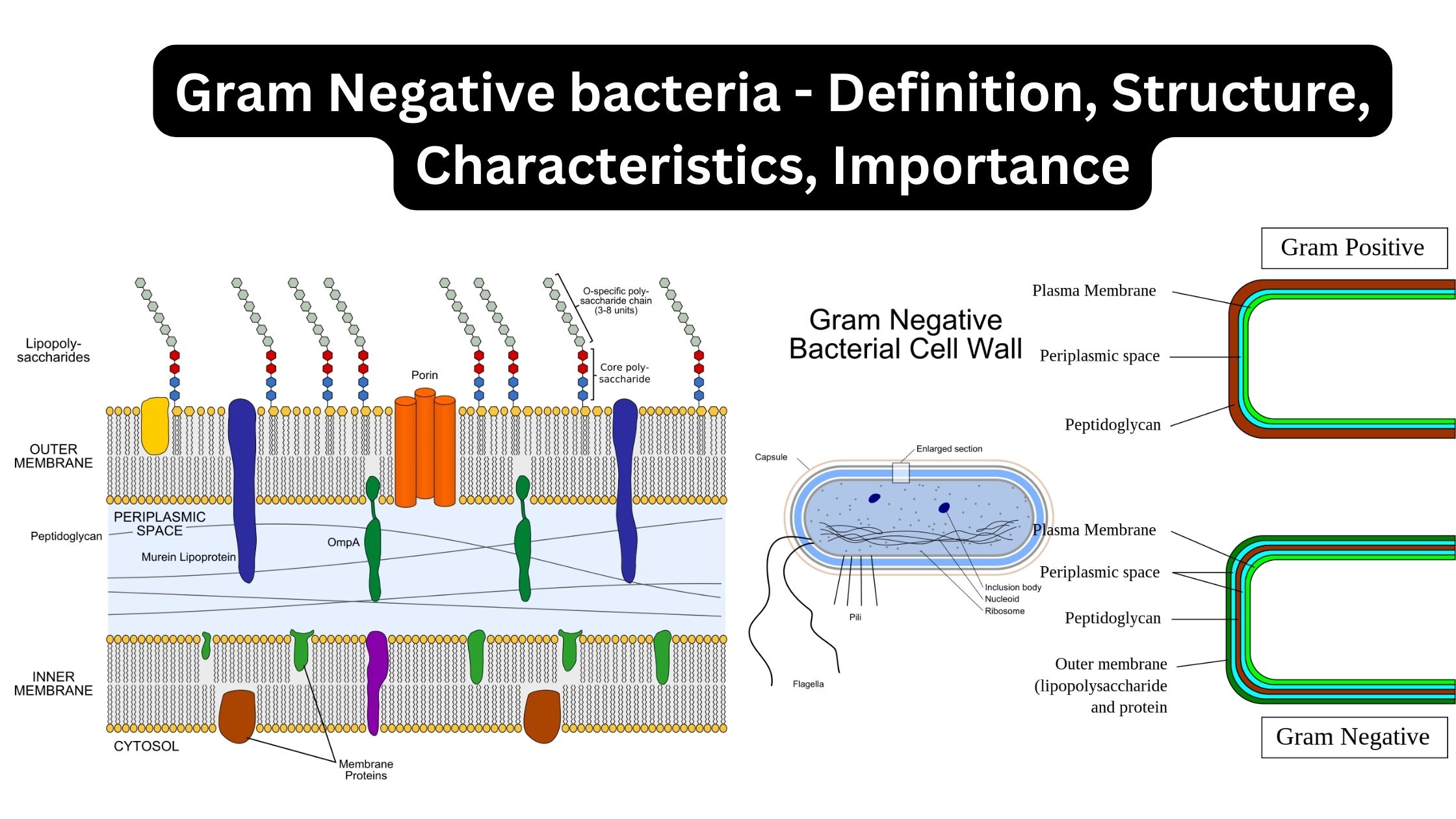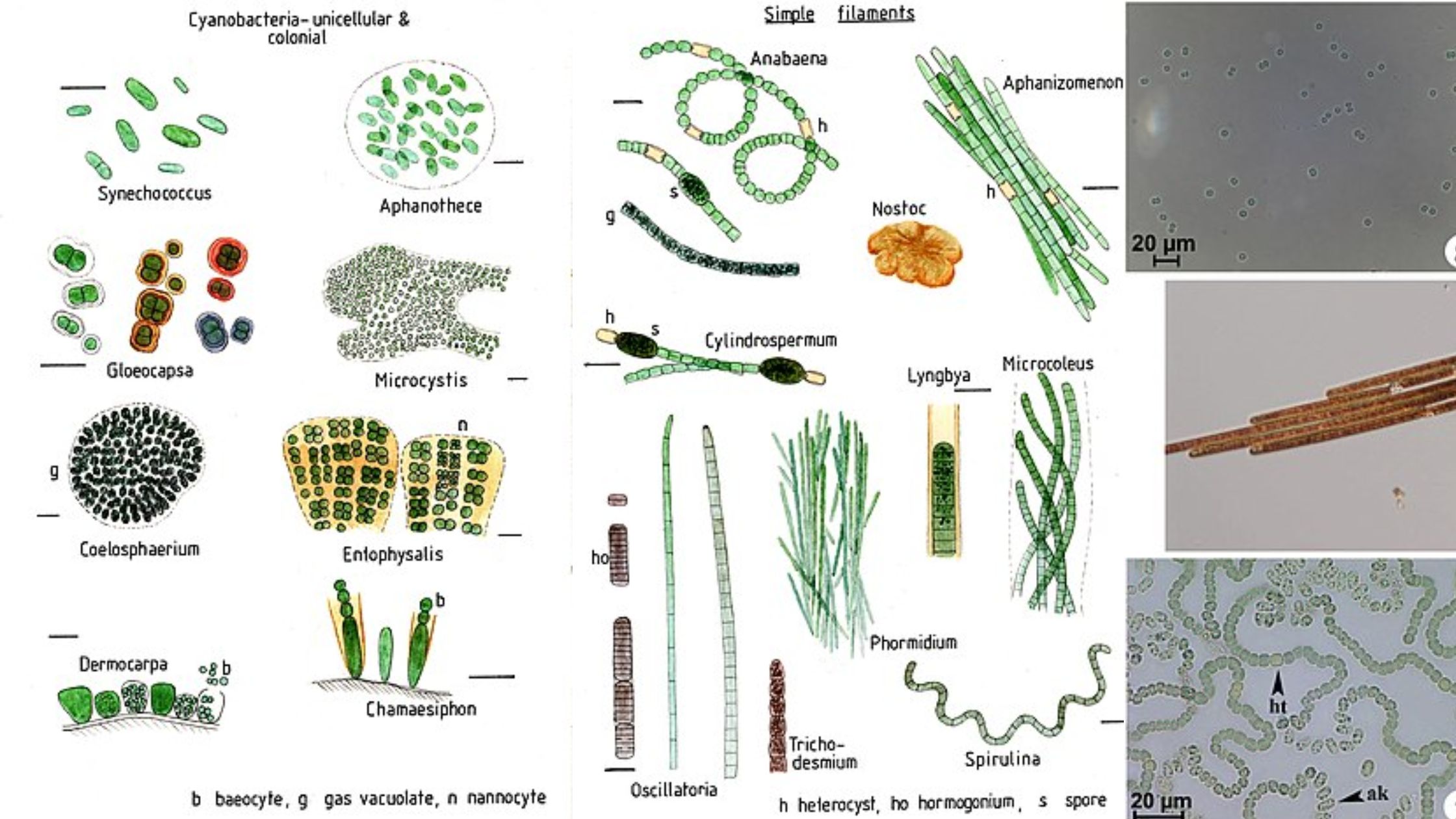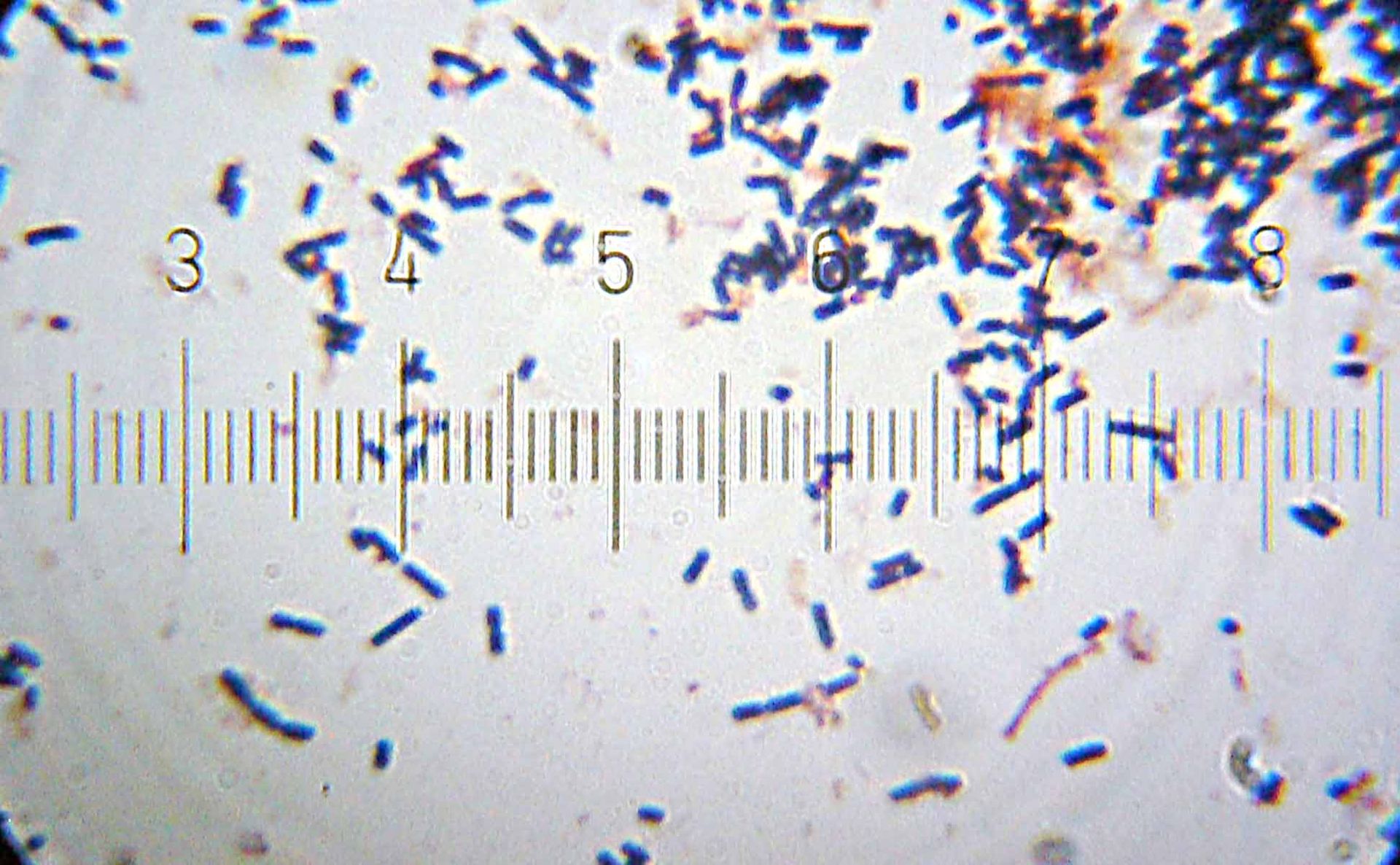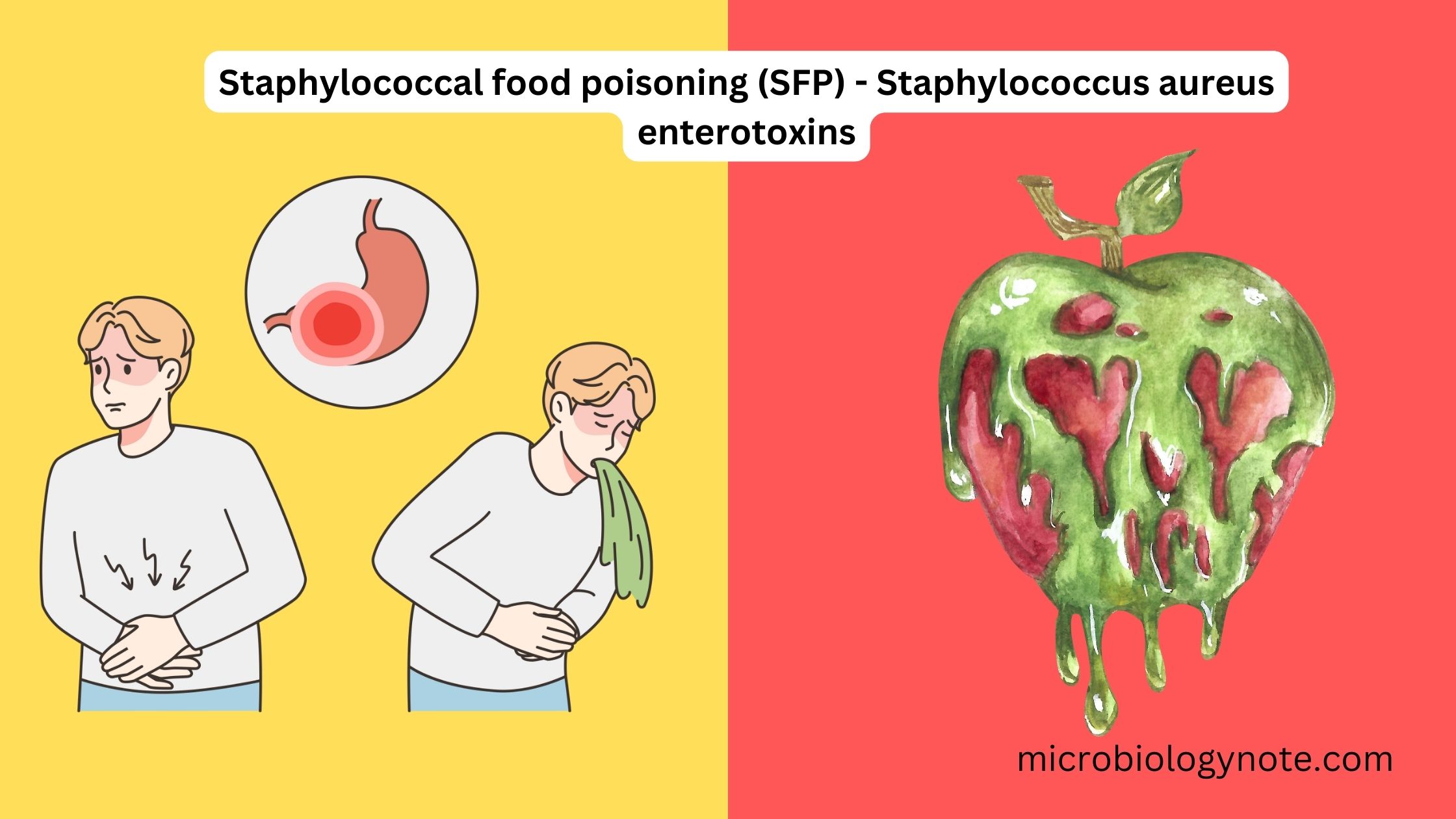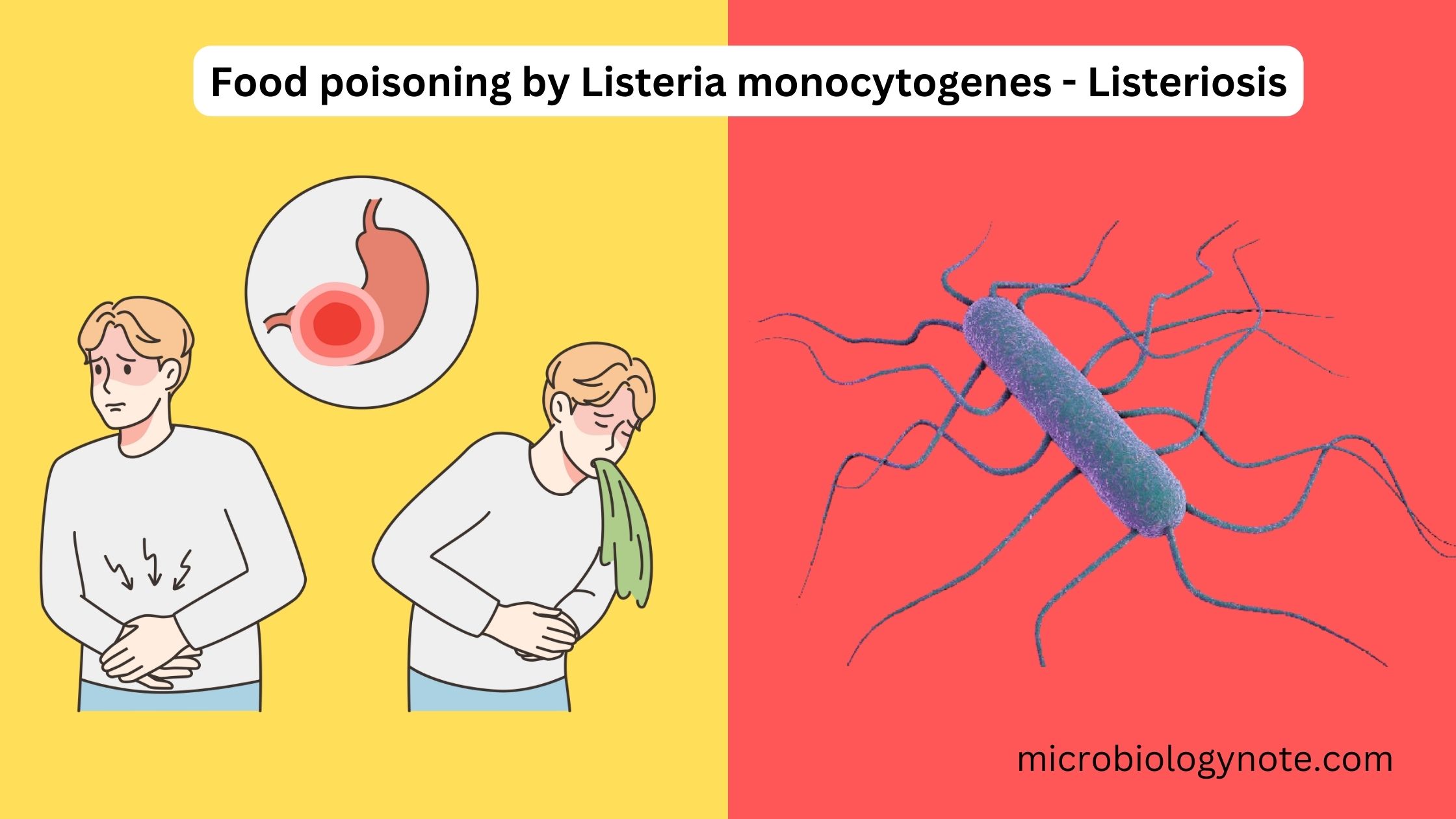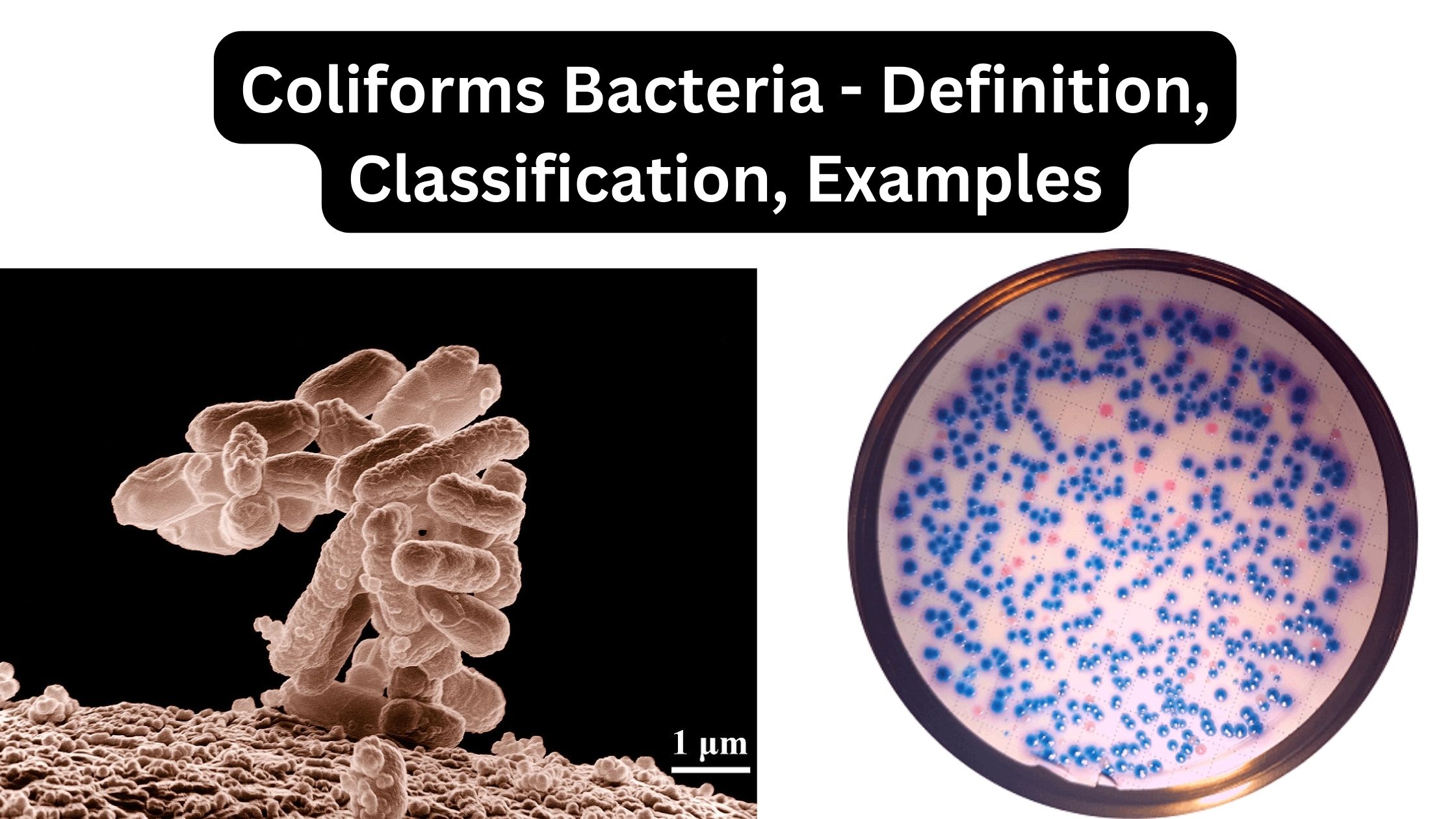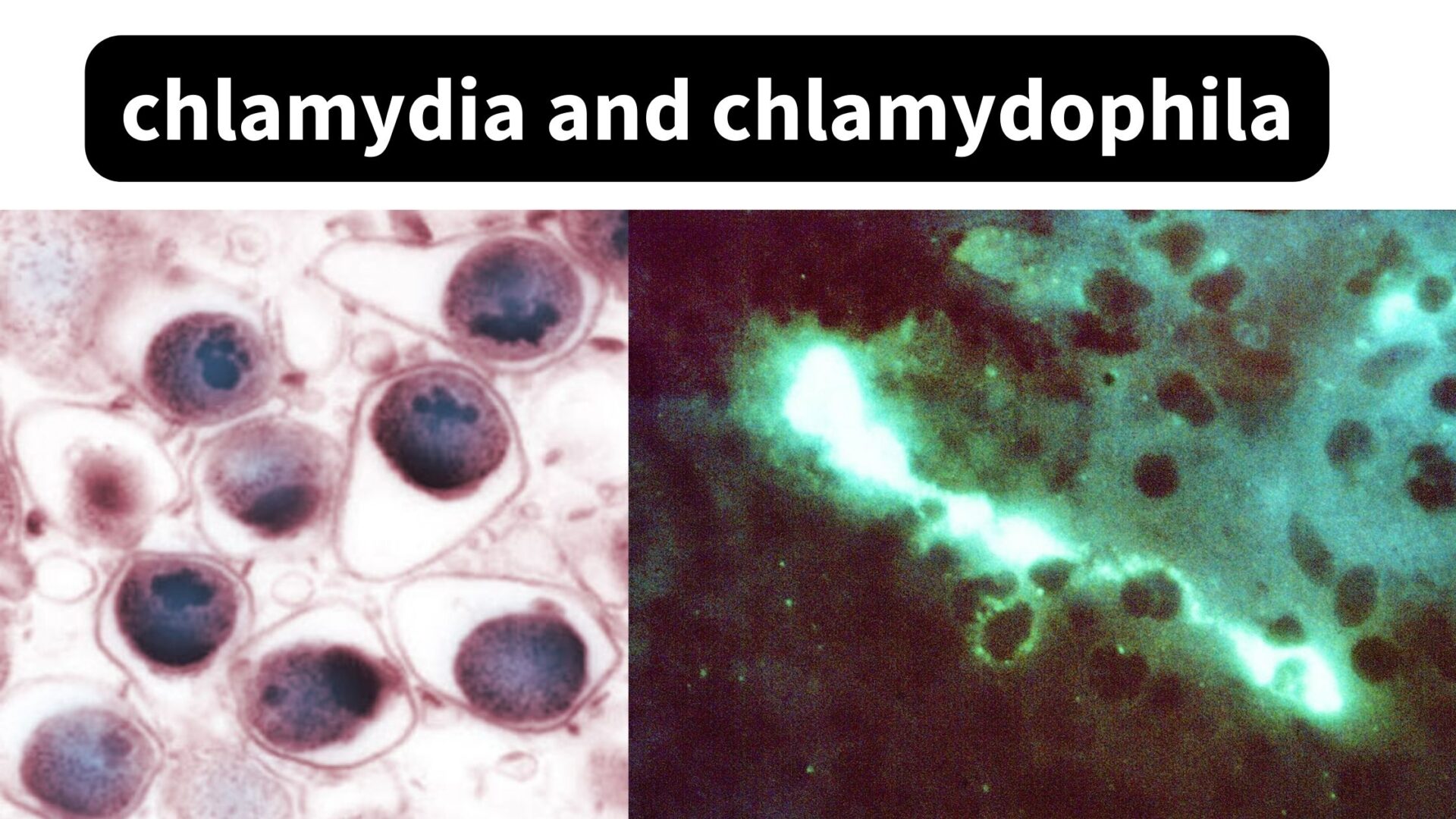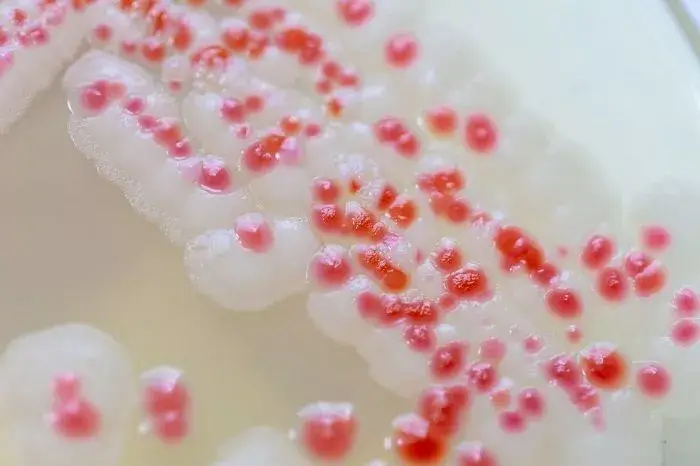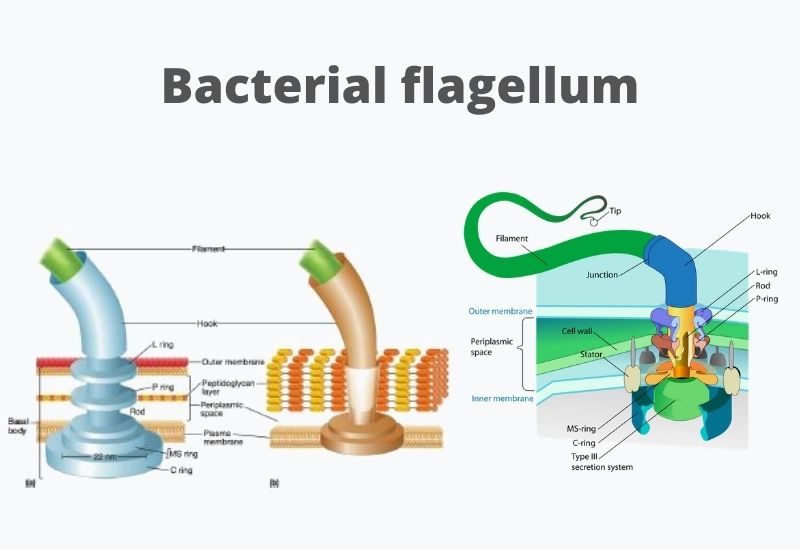Gram Negative bacteria – Definition, Structure, Characteristics, Importance
Gram-negative bacteria are a type of bacteria identified by their reaction to the Gram stain test, where they lose the purple dye and take up a red or pink counterstain. This happens because their cell walls are thinner and structurally different compared to Gram-positive bacteria. Instead of a thick peptidoglycan layer, they have a smaller … Read more
